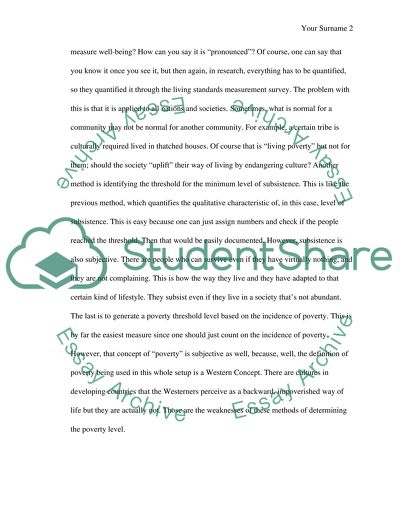Cite this document
(“Sociology of development and Globalization Essay”, n.d.)
Retrieved from https://studentshare.org/sociology/1439343-sociology-of-development-and-globalization
Retrieved from https://studentshare.org/sociology/1439343-sociology-of-development-and-globalization
(Sociology of Development and Globalization Essay)
https://studentshare.org/sociology/1439343-sociology-of-development-and-globalization.
https://studentshare.org/sociology/1439343-sociology-of-development-and-globalization.
“Sociology of Development and Globalization Essay”, n.d. https://studentshare.org/sociology/1439343-sociology-of-development-and-globalization.


